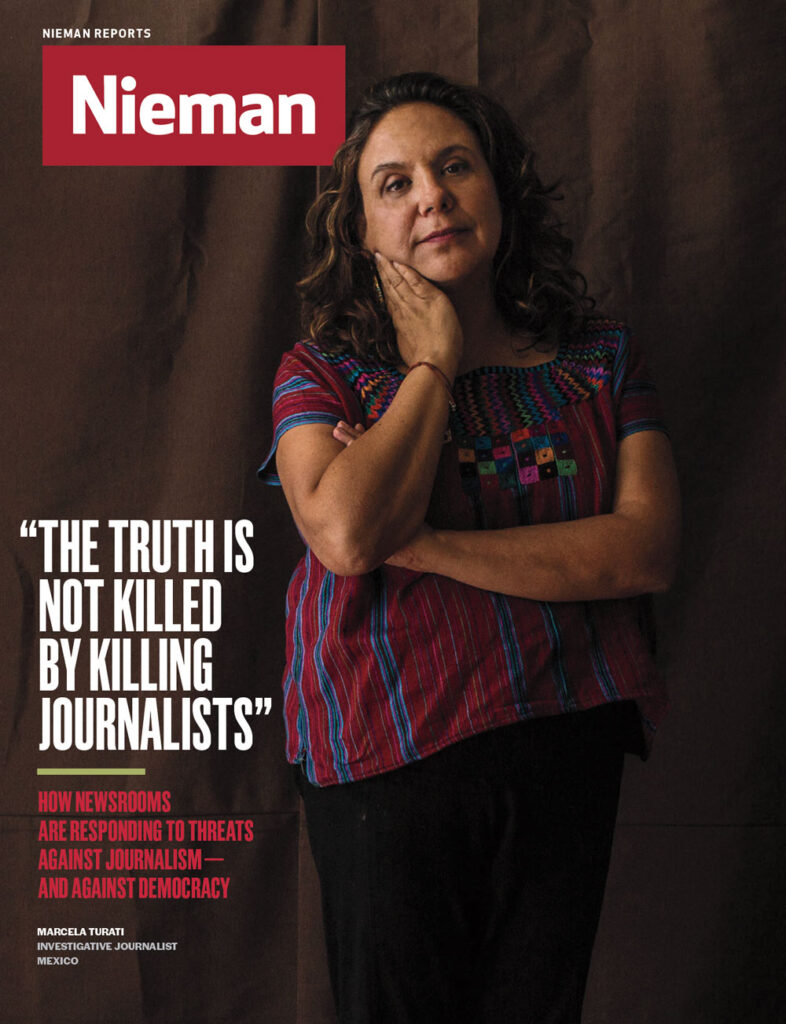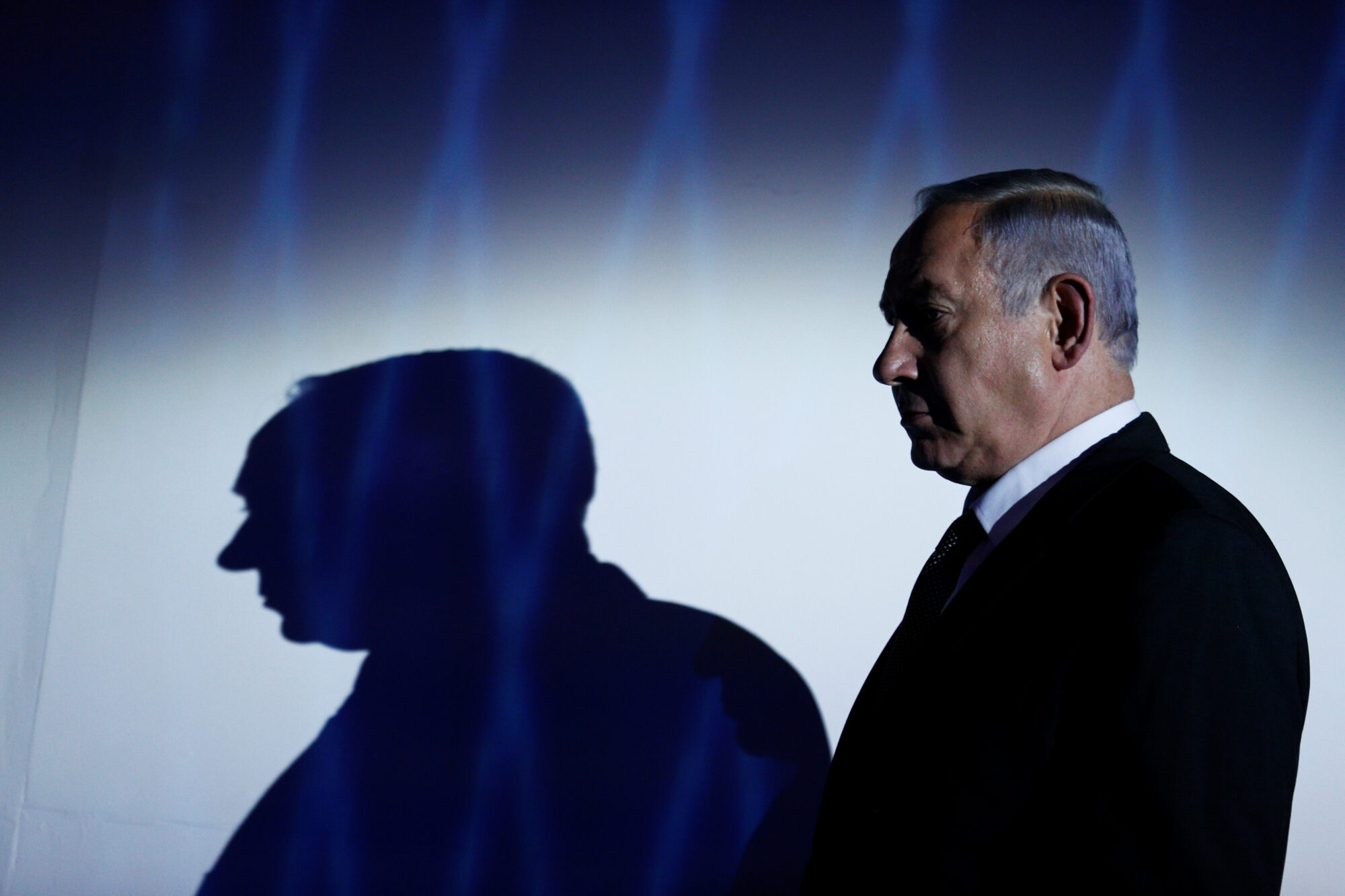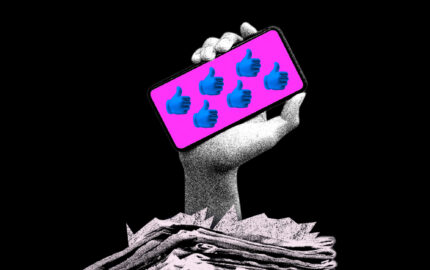Which came first: The reporting or the followers? The writing or the platform? The journalist or the brand?
It can be hard to tell. I’ve mulled over this contemporary paradox since veteran New York Times reporter Maggie Haberman and Taylor Lorenz, a seasoned internet culture reporter formerly at The New York Times and now at The Washington Post, got into a Twitter spat earlier this month. Their back-and-forth, which involved several industry titans and received commentary from many others, was about how much building a brand matters in our industry. Lorenz is a big proponent of them. Haberman unironically denied having one, despite having 1.7 million Twitter followers and a gig as a political analyst on CNN. (Journalism professor Elizabeth Spiers wrote a great breakdown of the ins-and-outs of the fight.)
That reporters are arguing about branding speaks to the current precariousness of journalism. Traditional funding models are falling apart. Few institutions can offer job stability. The threat of a layoff is always looming, making branding imperative to staying employed somehow, whether with another outlet or as a freelancer.
But Lorenz’s definition of a brand is deceptively simple: Become your own entity. A brand provides leverage independent of an institution and shows that a journalist has a quantifiable reach. And for the last six years, our credibility has been under deliberate attack, making us vulnerable to cyber offenses like doxxing and trolling campaigns. A strong brand can serve as a defense for someone’s reputation. These forces play a role in journalists feeling as though a brand is necessary — whether they want to build one or not.
Zaria Howell, the managing editor for Currently, a weather service and storytelling platform focused on climate change, has been branding herself in some way for as long as she can remember as a means of creative self-expression. But now “it feels really compulsive,” she says. “All the branding doesn’t come from natural creative drive. Some of it is really because it feels like that is a requirement to be successful in our field.”
One advantage of social media branding, according to Howell, is that journalists can spread the news further without the hindrance of a paywall. But reexplaining information that’s already been written requires extra labor, separate and distinct from the publishing process — even if it does help journalists establish autonomy while serving their communities.
A 2019 study on media branding practices found that journalists understand that building a brand is an opportunity to gain an extensive following, obtain name recognition, and network. But when it came to motivations for branding, there was a clear generational difference. Older, more experienced journalists were more willing to produce organizationally focused branding for their employers. In comparison, younger journalists were much more interested in focusing on their own brand, explains Logan Molyneux, an associate journalism professor at Temple University and lead author of the study.
“This is exactly what you see in the split between Haberman and Lorenz,” says Molyneux. “You have an older journalist who has tenure, who has the unquestioned support of the institution, and a younger journalist who ends up leaving the Times because they weren’t there for her when she came under attack.” (Lorenz told Vanity Fair that people at The Times didn’t understand her beat or take it seriously, but at The Post, she hopes to “blow it up bigger.”)
“You can characterize this as … like a ‘company man,’” adds Molyneux, acknowledging that the term, though fitting, is dated. There are “people who are very interested in just working for a company and being there, and then [there are] folks who are very interested in more of an entrepreneurial spirit either because they want to, or because they feel they have to.”
Of course, some well-established journalists see the value in branding. When the attention paid to digital media was ramping up around 2006, Benét Wilson, now a senior editor at The Points Guy, made an astute observation about where the industry was headed — and she realized that if she didn’t adapt, her job would be at risk. So she traveled from Baltimore to attend trainings in New York and Orlando on WordPress, audio, blogging, and more. Along the way, Wilson organically developed a brand.
“I was not sitting there thinking, ‘Oh gosh, I need to become a brand,’” she says. “I was writing about the commercial aviation industry, and I am a Black woman with natural hair and crazy glasses, who wears brightly colored clothes in an industry that is still white male-dominated. I couldn’t hide even if I wanted to.”
“I would go to events, and then one day somebody said, ‘You just walk in here like you’re the aviation queen.’ And I laughed and didn’t think anything of it,” Wilson continues. “And then … people started calling me that, so I was like, well, I guess this is my brand.”
Wilson bought the domain name and secured the Twitter handle. “I adopted all of this stuff. I embraced it, and I ran with it, and I still do. I think it expanded my network,” she says. “I think it gave me authority and gravitas in the industry.”
Jay Rosen, a journalism professor at New York University and writer of the blog Press Think, encourages his students to follow Wilson’s lead. It’s crucial, he says, to carve out a space on the web — like a personal website or a Twitter account — that’s theirs independent of appearing in someone else’s publication.
What this shift means for our work depends on whom you ask. Molyneux comments that journalists who are overly concerned with their public image might make editorial decisions differently due to that pressure, which would be the equivalent of a newsroom tailoring coverage to commercial concerns. Rosen says that it closes the gap between journalists and their audiences — for better or worse. It can introduce reporters to new sources and story ideas in the best cases. In the worst cases, it can open journalists up to extensive harassment and threats of violence. Wilson confirmed that visibility gets her scoops and that some people can cross social boundaries during interactions.
Howell is refreshingly blunt: “The people who have been in power for a long time, if I were them, I would be shaking. So many journalists are seeing the value in not having to align ourselves with a publication. Or, if we do align ourselves with a publication, being really critical about that organization’s values.”
That’s another thing about acquiring autonomy. Younger journalists may feel more comfortable publicly holding media institutions accountable for shortcomings such as lacking pay transparency, union-busting, racism in the office, or a toxic work culture. This makes the squeamishness around personal branding from journalists of a certain age seem weird. Haberman, for example, accused Lorenz of seeking attention and implied that her younger peer is a lesser journalist because of her willingness to brand.
But reporters who have a major publication promoting and supporting their work — and whose parents also happen to be among New York’s media elite — can afford to be skeptical. There are few options outside of building a recognizable brand for journalists who are just starting out, working as freelancers, or don’t have a high level of name recognition. “A lot of younger journalists understand that, and they don’t have this big reaction to self-promotion because it’s just normal for them,” says Rosen.
And neither do a lot of journalists who belong to a historically marginalized group. Howell, Wilson, and Tyler R. Tynes, a staff writer who covers sports at GQ Magazine, all say their brands sprouted spontaneously from their desire to be themselves in an industry that forces everyone, but especially Black folks, to tailor their image.
“It’s a bit different when the brand comes via osmosis of what you’re doing,” says Tynes. “I wouldn’t call anything I do a brand only because that’s how I walk around my everyday life.”
Perhaps this is why, despite the numerous upsides of branding, when it feels contrived — versus operating as a window to a journalist’s thought process — it can be distracting from our work. This is the other side of the paradox. Without a platform, many talented journalists won’t be allowed to tell stories using their authentic lens. But suppose the push to brand is driven solely by the desire to remain relevant in an industry that promises job security to a select, predominantly white, male few. In that case, valuable perspectives can be trumped by the need to survive.
It’s a dilemma that, when deciding on the primacy of followers, platforms, or brands, rarely allows the journalism to come first.




